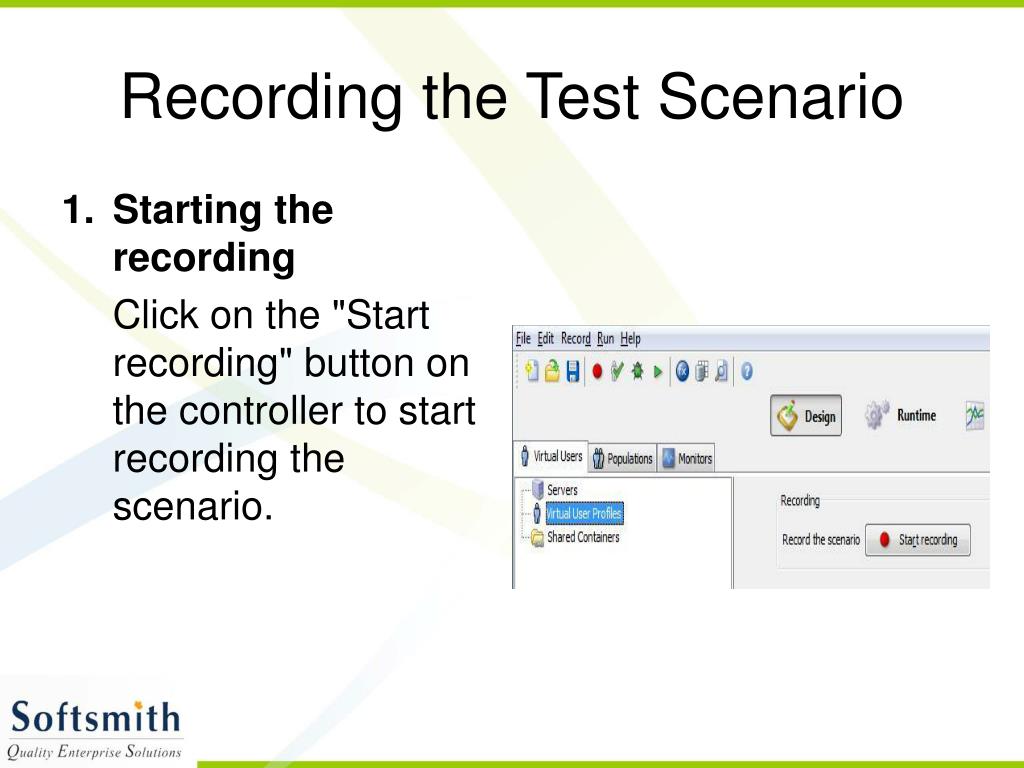
Yes, there are workarounds, but that requires more time and resources, even with a skilled engineer or developer. Other load testing tools on the market that utilize JMeter for example, may be enough for executing protocol-based requests, but aren’t great at load testing SPAs because JMeter is NOT a browser and works at the protocol-level and unable to execute JavaScript. Performance Testing for Modern Applications This ensures you get back the best reporting data possible, and your applications can stand up to the demands of your customers and visitors. Quickly and easily script the multi-step actions and behavior, spin up virtual users, and perform those tasks under load using real browsers. The LoadView platform can test SPAs the same way you would for any other web application and supports JavaScript frameworks, as well as other protocols and technologies, like AJAX, Flash, HTML5, WebSockets, and more.

You want the best possible experience for your visitors, so make sure your application stands up to the demands that are going to be placed on it. To make sure the development work that goes into creating a SPA doesn’t go to waste, it is critical that your SPA be load tested to ensure a first-rate user experience under production-like load. The goal of SPAs is that they can provide a responsive, feature-driven user experience.

Whatever you decide, before any of your applications get put into production, various testing methods, especially load and stress testing, must be executed to ensure the user experience is as seamless as possible. If you have an online shop with multiple categories and lots of content, for example, MPA might be the better option. If your site can be developed as a single-page experience, a SPA is probably the way to go. As a new developer, this makes it much easier to work with MPAs (it’s still important to monitor your APIs though when developing MPA or SPA.Ĭonclusion: What is the Best Option for Load Testing SPAs?Īs you can see, you need to consider the goal of the application before deciding to go with an MPA or SPA. MPAs would be the better option here, and consequently, would have more existing frameworks and best practices to pull from. You may find yourself in a position where it is not supported. This can be a limitation if you’re trying to utilize as many browser versions as possible for your application.Most pages have JavaScript on, so it is not an issue, but if JavaScript is off, your page won’t function.The crawler agent doesn’t know that the data changes as a user navigates through the page, and eventually, that data renders on the page. With a SPA, once the page loads, the crawler’s work is complete. SEO crawlers do not like this because they depend on JavaScript. SPAs load content on the page asynchronously, meaning that the data updates in the application without refreshing the page.This sounds great, right? So how can there be any disadvantages to SPAs? Well, as with anything in life, there are some, and we’ll cover a few of them here.

Additionally, after the SPA has loaded, it can generally run in the browser when no Internet connection is present. This saves a lot of bandwidth, time, and most importantly, gives the user a more fluid experience. Again, the page is not actually reloading, just some parts of the DOM change. The program controls everything the user sees and communicates with the server, if necessary. Once this application is running, the page does not need to reload again. It is a complete application, as if the user downloaded and installed an application on their computer, but only this time, it is in their browser. With a SPA, the browser downloads, saves, and runs a JavaScript program behind the scenes, in an instant. If they are paying attention, they will notice that their refresh button in the browser does not reload once the initial page loads. To a normal user, they may not even realize the difference. Single-page applications on the other hand, use a completely different approach. Single-Page Applications: The Next Big Thing This method, known as Multi-Page Application (MPA), has been how many websites and applications are built today. Any actions, such as clicks or searches, result in another page request.

Once the page loads, the user navigates through the page, creating additional requests for the server. When that happens, the browser sends a request to the server asking it to send the homepage. Most websites and applications operate in the following manner: A user accesses the Internet via their browser, and they type in a web address.


 0 kommentar(er)
0 kommentar(er)
